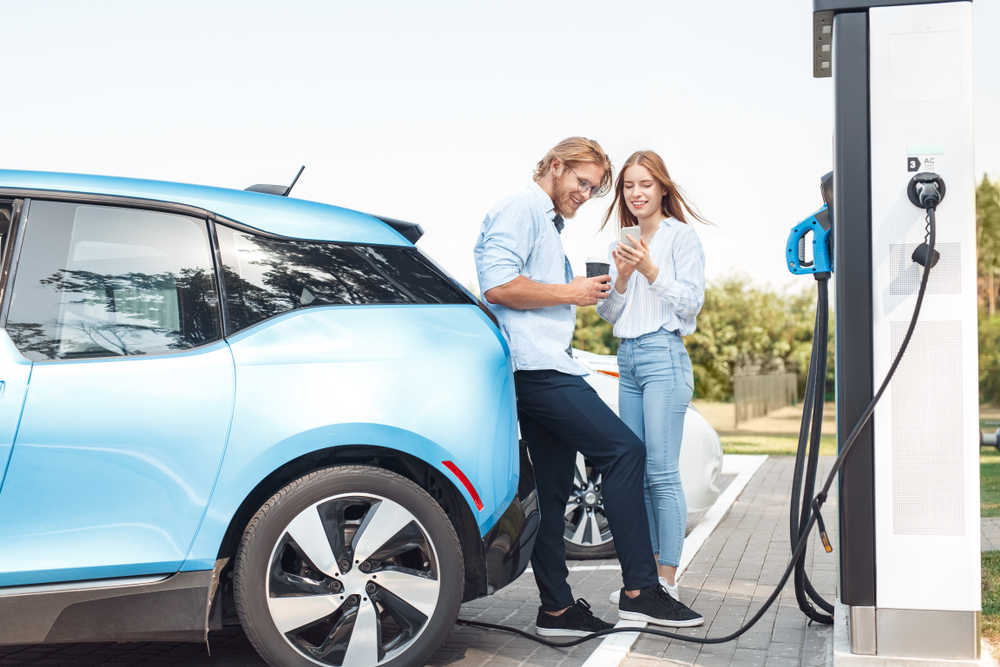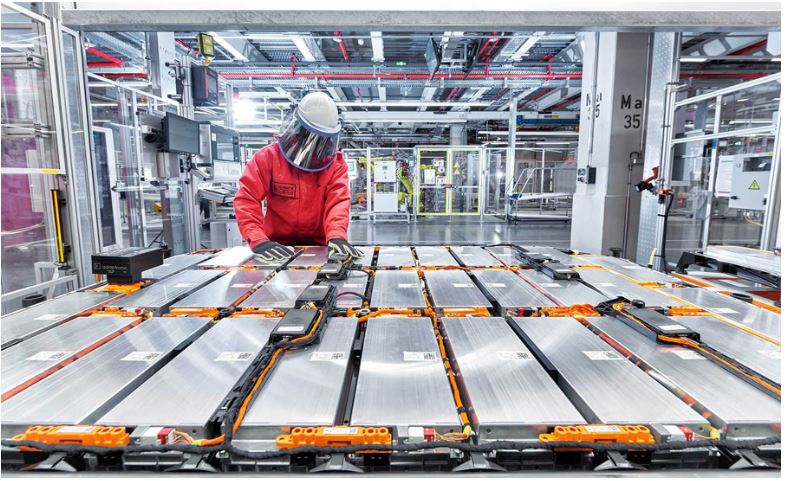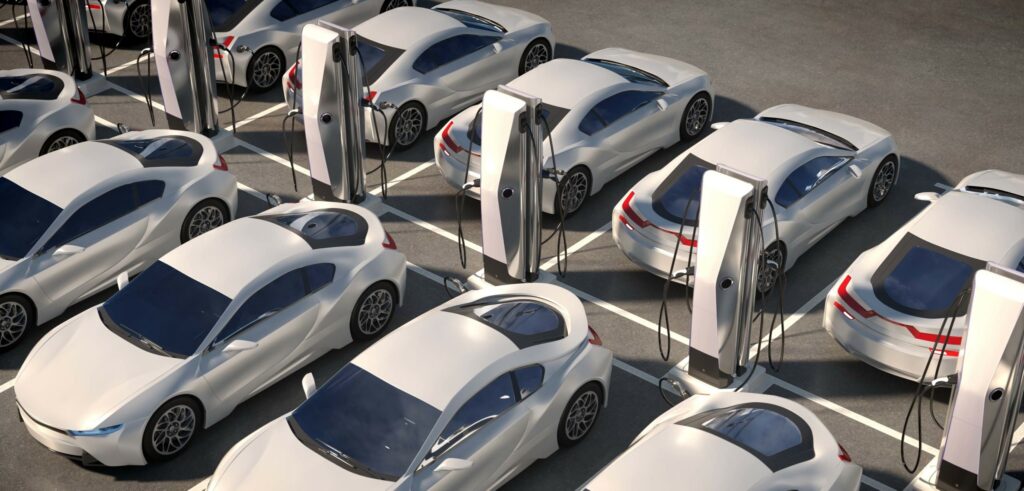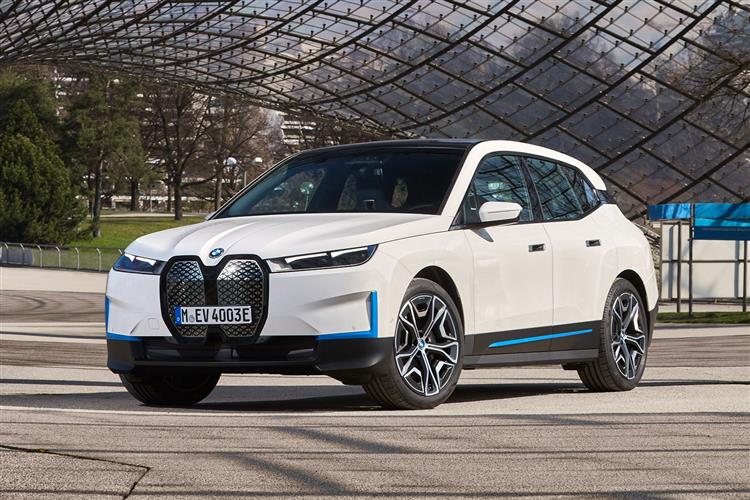For electric vehicle (EV) owners, understanding the 80% Rule is crucial for optimising both charging performance and battery longevity. This guideline suggests that charging your vehicle to 80% rather than 100% can provide significant benefits in terms of efficiency and battery health.
Why 80% Matters
Charging to 80% is important for two main reasons:
- Charging Performance:
- The charging rate for EVs slows down significantly after reaching the 80% mark. For instance, the widely used Hyundai Ioniq 5 can charge from 10% to 80% in just 18 minutes*, but it takes an additional 32 minutes to go from 80% to 100%. This non-linear charging behaviour means that time spent waiting for the last 20% is often inefficient.
- Battery Longevity:
- Keeping your battery below full capacity helps to prolong its life. Batteries can degrade faster when constantly charged to 100%. Most EV manufacturers recommend maintaining the charge level between 10% and 80% for optimal battery health, minimising stress on the battery cells.
Understanding Battery Charging Dynamics
EV batteries have a unique charging process. As the battery fills up, the rate at which it can accept charge diminishes, resembling a crowded theatre where finding a seat becomes harder as more people enter. This phenomenon means that charging efficiency significantly drops during the final charging phase.
Efficiency During Long-Distance Travel
During long trips, stopping your EV to charge at 80% allows you to get back on the road quickly, maximising your travel efficiency. This is because the charging rate for EVs slows down significantly after reaching the 80% mark, making the time spent waiting for the last 20% often inefficient. For example, if your EV has a 300-mile range when fully charged, you can still cover 240 miles at 80%. If stopping to charge from 0% to 80% takes about 40 minutes, you can get back on the highway while fully charging to 100% might take an additional 90 minutes—time that could be used travelling another 100 miles to the next charging station.

Situational Considerations
While the 80% Rule is a great general guideline, there may be instances where charging to 100% is necessary, such as:
- Long distances between chargers.
- Weather conditions that might affect your vehicle’s range, like winter cold, which can drain batteries faster.
- Situations where driving range anxiety is a concern.
Battery Preservation Tactics
Charging to 80% can extend the lifespan of your battery. If you frequently keep the battery near its maximum capacity, it may lead to quicker degradation. For example, Ford recommends charging to 90% for daily use and only to 100% when necessary to preserve battery life. BMW gives similar advice for its iX SUV, suggesting a charge target of 80% for optimal service life.
The 80% Rule as a Strategy
Implementing the 80% rule charging strategy is not a strict rule but a guideline that can enhance your overall EV ownership experience. Most EVs allow you to set a preferred charge level, ensuring you don’t have to worry about checking the battery status late at night. To set your preferred charge level, consult your EV’s user manual or contact the manufacturer for specific instructions.
Rule Suggestion
The 80% Rule is a helpful strategy encouraging EV owners to maximise their battery’s lifespan and charging efficiency. While it’s entirely acceptable to charge your vehicle to 100%, practising the 80% guideline regularly is akin to maintaining an internal combustion engine: it promotes longevity. It reduces potential repair costs in the future. By embracing EV basics, you’ll be better equipped to enjoy your electric vehicle for years to come.

Cheaper battery production
The 80% Rule FAQ,s
Q1: What is the 80% rule for charging electric vehicles?
A1: The 80% rule suggests that electric vehicle (EV) owners should charge their vehicles to 80% of battery capacity most of the time. This practice helps improve charging performance and extends battery longevity.
Q2: Why is charging beyond 80% detrimental to an EV’s battery?
A2: Charging beyond 80% slows the charging rate significantly and can negatively impact battery health. Keeping the battery below 100% helps preserve its longevity, as batteries do not perform well when constantly kept at full charge.
Q3: How does charging speed differ between 10% and 100% in an EV?
A3: For example, the Hyundai Ionic 5 can charge from 10% to 80% in approximately 18 minutes*, while charging from 80% to 100% takes an additional 32 minutes. This illustrates that charging speeds decrease as the battery nears full capacity.
Q4: In what situations should I consider charging my EV to 100%?
A4: You may want to charge your EV to 100% if you are travelling long distances between charging stations or if conditions like winter weather could affect your range. These situations may warrant a full charge to make sure you reach your destination safely.
Q5: Are there recommendations from manufacturers regarding charging levels?
A5: Yes, many manufacturers, such as Ford and BMW, recommend charging to around 80% or 90% for everyday use to prolong battery life, reserving 100% charging for when full range is necessary. This strategy helps maintain the battery’s overall health and longevity.
Q6: “What are the potential consequences of frequently charging an electric vehicle to 100%?”
A6: 100% can strain the battery, and an extremely high or low state of charge can reduce the battery’s lifespan.
*Verified testing EV pulse charging challenge video
- The Peugeot 408: A Premium Hybrid That Stands Out - December 18, 2024
- UK Auto Industry Challenges Amid EV Transition - December 11, 2024
- EV Charging Costs in AA Report for October 2024 - December 6, 2024

